Winter is a season of stark beauty, but it poses significant challenges to young trees. Unlike mature trees with thick bark and extensive root systems, young trees are particularly vulnerable to the harsh winter elements, including freezing temperatures, heavy snow, frost, ice, and fluctuating moisture levels. Protecting these young trees during winter is crucial to ensure their healthy growth, structural integrity, and long-term survival. This article provides a detailed guide on understanding winter tree damage and implementing effective strategies to protect young trees.
Understanding Winter Damage in Young Trees
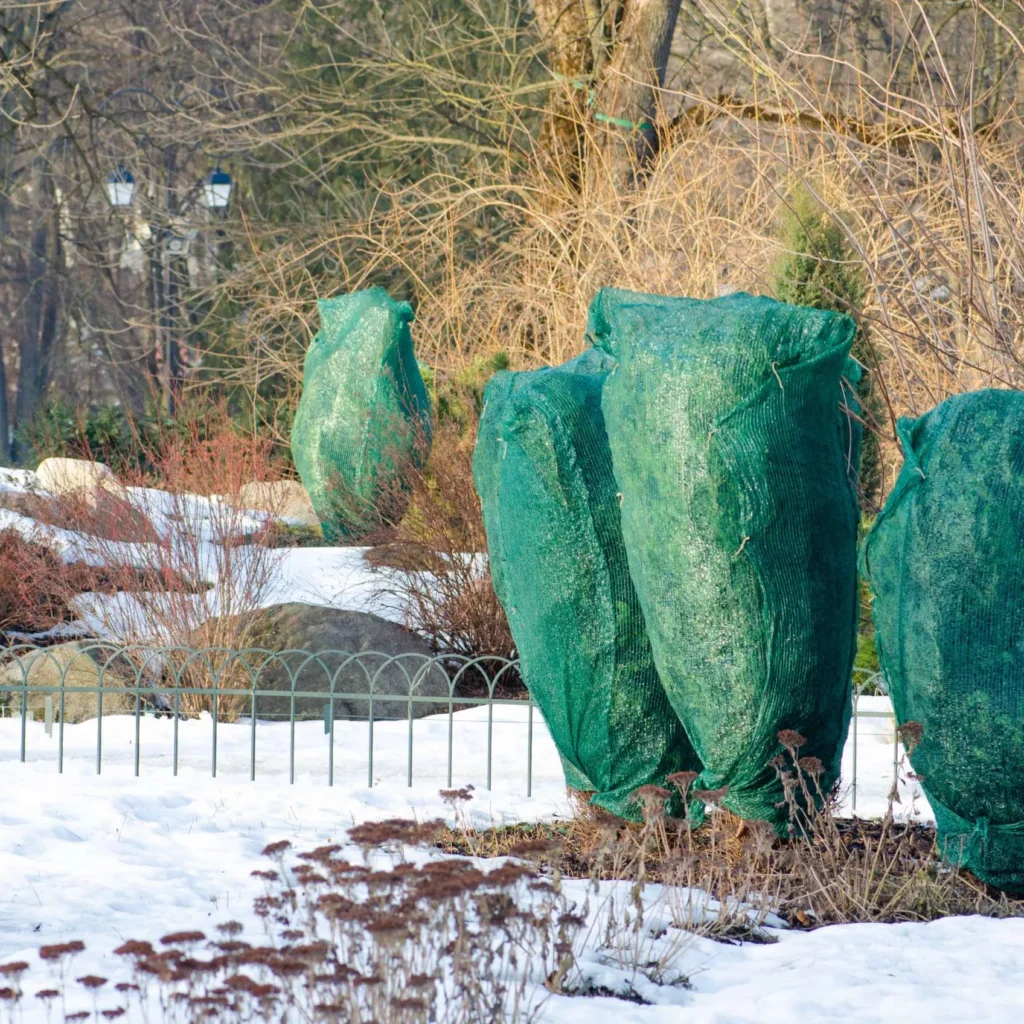
Young trees face several risks during the winter months, and understanding these threats is the first step in safeguarding them. Common forms of winter damage include:
1. Frost Cracks
Frost cracks occur when the bark of a tree contracts rapidly due to sudden drops in temperature. Young trees, with their thin bark, are especially prone to splitting, which can expose the inner wood to pests and disease. These cracks often appear on the south or southwest side of the trunk, where sunlight warms the bark during the day, only for it to freeze rapidly at night.
2. Sunscald
Sunscald, also known as southwest injury, is caused by intense winter sun heating the bark during the day, followed by rapid cooling at night. This can damage the cambium layer, causing dieback and even tree death if severe.
3. Desiccation
Winter desiccation occurs when the tree loses water faster than it can replace it. Cold winds can dry out leaves and needles, while frozen soil prevents roots from absorbing water. This is particularly dangerous for evergreens that retain foliage year-round.
4. Mechanical Damage
Heavy snow, ice, and strong winds can physically break branches or bend the tree trunk, causing long-term structural weaknesses. Young trees are especially susceptible because their wood is more flexible and fragile than mature trees.
5. Rodent and Animal Damage
Rabbits, deer, and other wildlife often gnaw on tree bark during winter when food is scarce. This can girdle the tree, disrupt nutrient flow, and even kill it.
Preparing Young Trees for Winter
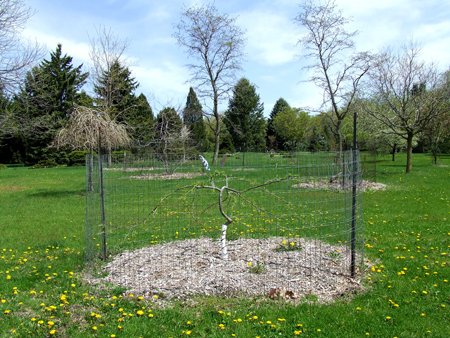
Proper preparation before the first frost is critical. Early action can prevent much of the damage described above.
1. Choose Hardy Species
The first step in protecting young trees is selecting species suited to your local climate. Native and cold-hardy trees naturally withstand local winter conditions better than exotic species.
2. Planting Location
Plant young trees in locations that provide natural protection. Avoid areas prone to strong winter winds or heavy frost pockets. Planting near fences or buildings can shield trees from harsh elements but ensure adequate sunlight and airflow to prevent disease.
3. Watering and Mulching
Adequate hydration before the ground freezes is essential. Water young trees deeply until the soil begins to freeze to ensure roots are not stressed. Applying a 2–4 inch layer of organic mulch around the base helps retain soil moisture, insulates roots, and moderates soil temperature fluctuations. Keep mulch a few inches away from the trunk to prevent rot.
4. Pruning
Pruning should be done cautiously before winter. Remove dead, damaged, or crossing branches to reduce the risk of breakage under snow or ice weight. Avoid heavy pruning, as this can expose vulnerable wood and increase susceptibility to winter injury.
Protective Measures During Winter
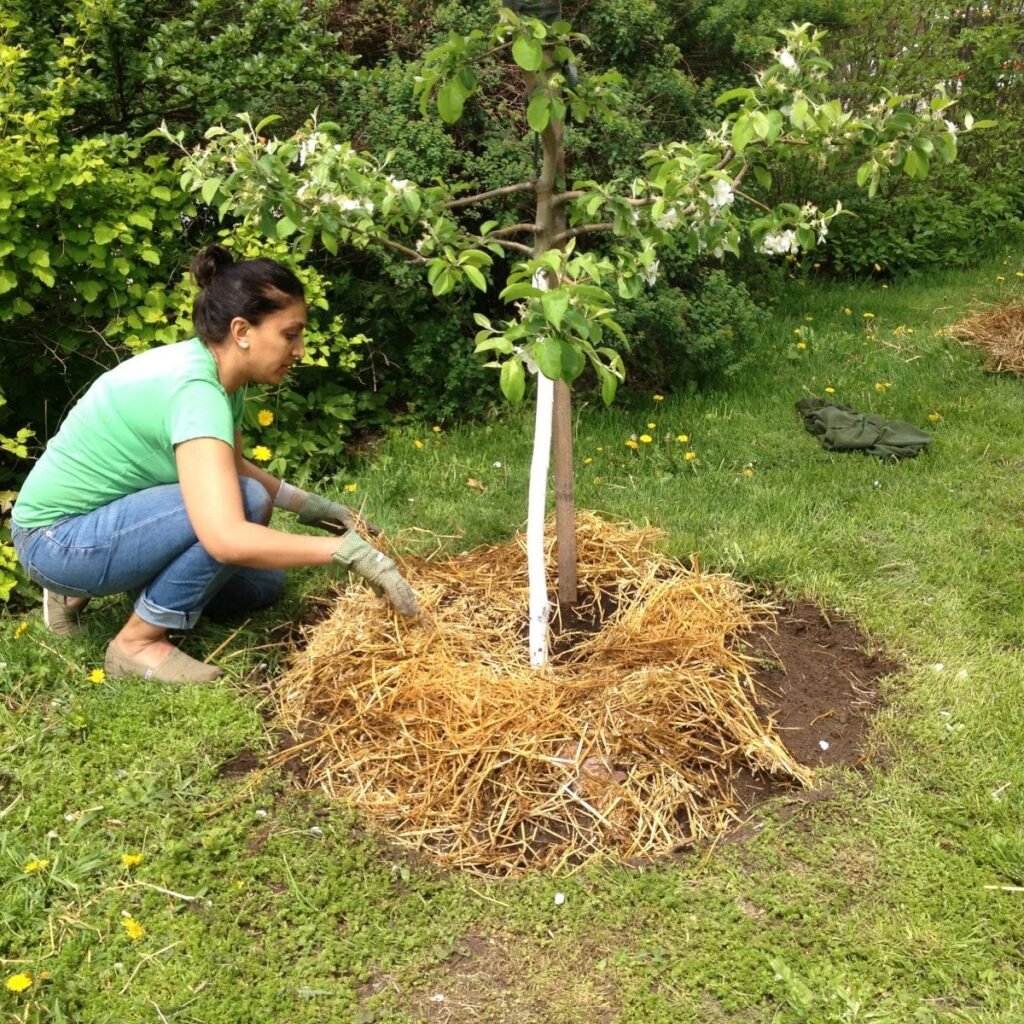
Once winter sets in, several practical strategies can protect young trees from the elements.
1. Wrapping the Trunk
Wrapping the trunk with tree guards, burlap, or specially designed tree wraps can prevent sunscald and frost cracks. Start wrapping at the base and work upward to the first set of branches, securing it loosely to allow airflow. Remove the wrap in early spring to prevent moisture buildup and fungal growth.
2. Using Tree Shelters or Fences
Tree shelters, tubes, or mesh fences can shield young trees from wind, snow, and animals. These shelters provide a microenvironment that reduces stress and promotes growth. Ensure shelters are tall enough to accommodate future growth and have adequate ventilation.
3. Anti-Desiccant Sprays
Evergreen trees are prone to winter desiccation. Anti-desiccant sprays, made from waxy compounds, form a protective coating on leaves and needles, reducing water loss. Apply according to manufacturer instructions in late fall before harsh conditions begin.
4. Snow and Ice Management
Gently remove heavy snow from branches to prevent breakage. Use a broom or stick to lift snow off without shaking the branches vigorously, which can cause damage. Avoid using salt or chemical de-icers near young trees, as these can harm roots and foliage.
5. Wildlife Protection
Wrap the base of the trunk with hardware cloth or tree guards to prevent gnawing by rabbits and rodents. For deer-prone areas, consider fencing the young tree or using repellents. Regular inspection throughout the winter ensures that any signs of animal damage are addressed promptly.
Monitoring and Maintenance
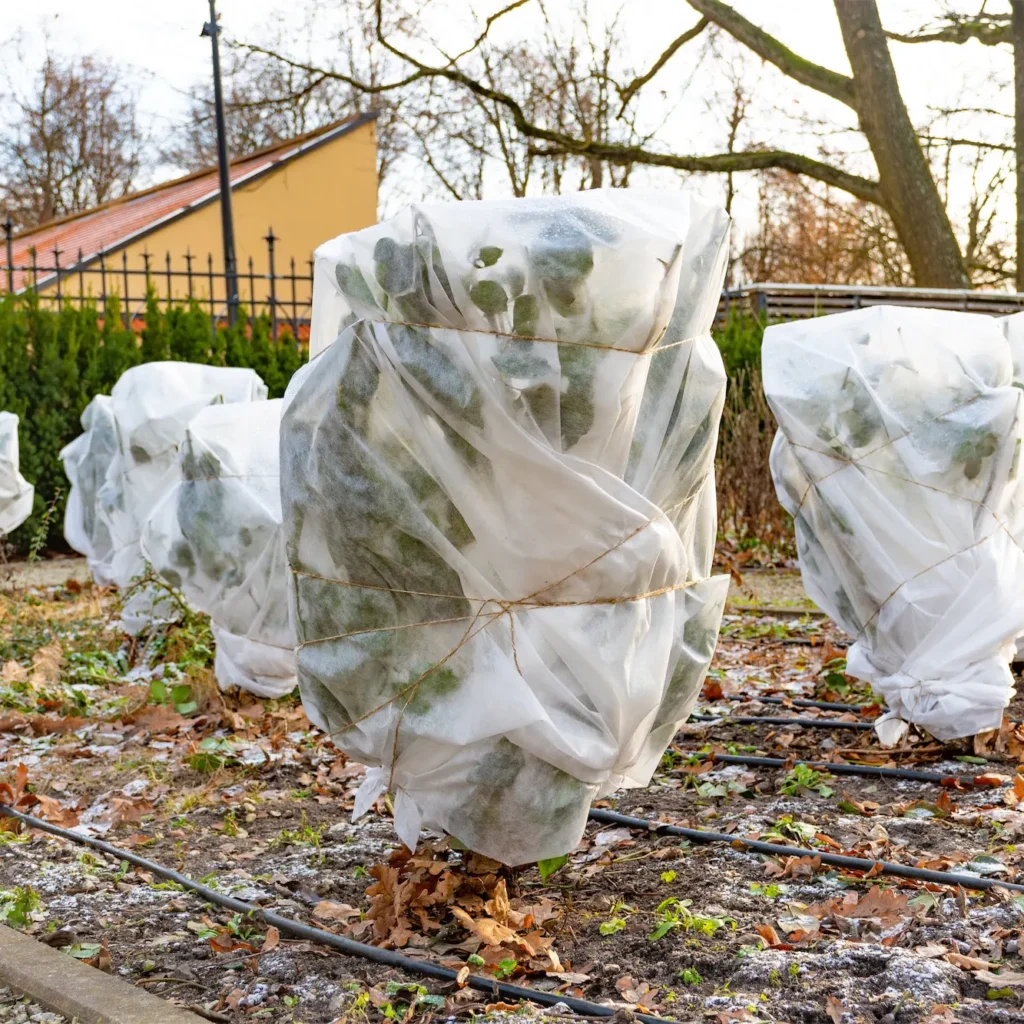
Winter care doesn’t end with preparation and protection—it requires ongoing monitoring.
1. Check Tree Health Regularly
Inspect young trees periodically throughout winter for signs of damage, such as bark splitting, broken branches, or animal activity. Early intervention can save a tree from long-term damage.
2. Adjust Protection as Needed
Tree wraps or shelters may need adjusting due to shifting snow, ice, or wind. Ensure that they remain secure but allow enough airflow to prevent fungal issues.
3. Spring Evaluation
After winter, carefully assess your trees. Remove damaged branches and inspect the trunk for frost cracks or sunscald. This evaluation helps in planning care for the coming growing season.
Long-Term Strategies
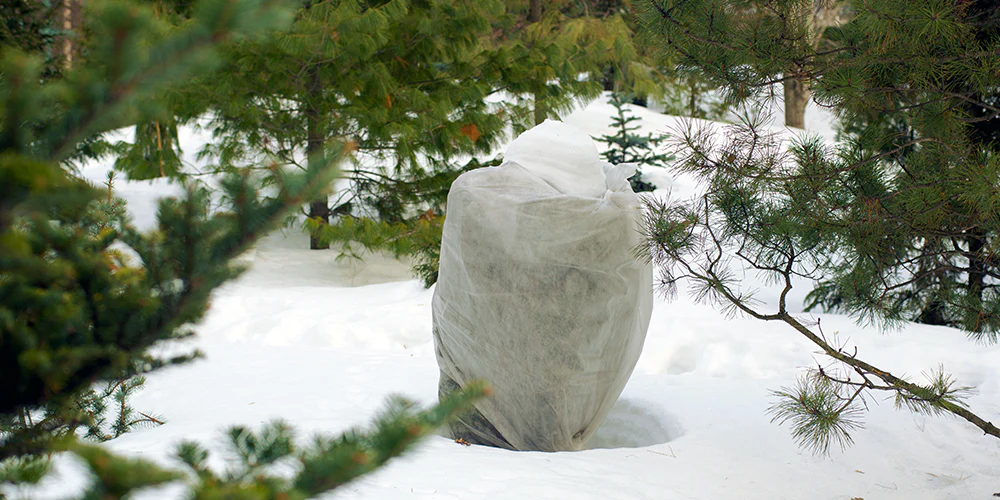
While immediate winter protection is vital, long-term strategies can help young trees become more resilient:
- Soil Health: Maintain healthy soil with compost and balanced fertilization. Strong roots improve water uptake and cold resistance.
- Windbreaks: Planting shrubs or constructing fences can reduce wind exposure for young trees over several seasons.
- Gradual Hardening: Trees exposed to seasonal changes gradually become more cold-hardy. Avoid late fertilization that encourages soft, tender growth just before winter.
Conclusion
Protecting young trees from winter damage is a multifaceted task requiring awareness, preparation, and consistent care. By understanding the types of winter damage, preparing trees before frost, implementing protective measures, and monitoring throughout the season, gardeners can ensure that their young trees not only survive winter but thrive in the years ahead. Proper winter care sets the foundation for strong, healthy trees that will provide shade, beauty, and ecological benefits for decades. Young trees may be vulnerable, but with proactive and informed strategies, they can endure even the harshest winters and grow into robust, mature specimens.

Leave A Comment